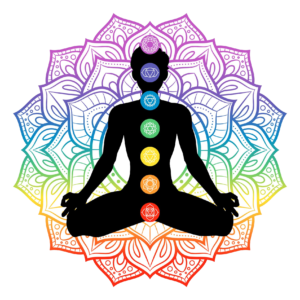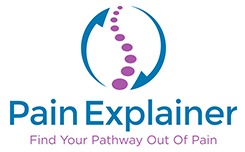Alternative Treatments
Alternative medicine is a term that describes medical treatments that are used instead of traditional (mainstream) therapies. More than half of adults in the United States say they use some form of alternative medicine. This field includes forms of therapy such as acupuncture, meditation, and yoga. Many of these therapies have been practiced for centuries around the world.

Alternative medicine is a term that describes medical treatments that are used instead of traditional (mainstream) therapies. More than half of adults in the United States say they use some form of alternative medicine. This field includes forms of therapy such as acupuncture, meditation, and yoga. Many of these therapies have been practiced for centuries around the world.
Acupuncture is an ancient Chinese medicine-based approach to treating a variety of conditions. It works by triggering specific points in the body with needles. Acupuncture is a minimally invasive method to stimulate nerve-rich areas of the skin surface in order to influence tissues, glands, organs, and various functions of the body.
Each acupuncture needle produces a tiny hole at the insertion site in the skin, and although it’s slight enough to cause little to no discomfort, it’s enough of a signal to let the body know it needs to respond. This produces the desired physiological effect.
Massage has become a lot more popular and a lot more widely available than it once was in years past. It is also being used more often as a treatment by people suffering from chronic pain. It is primarily used to manage chronic back and neck problems, but it can help other areas of the body as well.
Massage can reduce stress and relieve tension by enhancing blood flow. This treatment also can reduce the presence of substances, referred to as “toxins” that may generate and sustain pain. The relaxation of muscle groups can permit your body to let go of stress and strain that may be the source of inflammation and pain.
Yoga has been practiced in India for approximately 5,000 years. It is a systematic practice of physical exercise, breath control, relaxation, diet control, positive thinking, and meditation aimed at developing harmony in the body and mind. The practice entails low-impact physical activity, postures, stretching, and breathing techniques.
There are many benefits of yoga that can directly improve chronic pain. It improves flexibility, builds muscle strength, and prevents cartilage and joint breakdown. The practice also focuses on aligning the spine, which improves posture and maintains a healthy spine and back, which can be the source of chronic pain. It also increases blood flow, boosts the heart rate, and has many more positive health benefits – all while being a low-impact exercise that almost anyone can begin doing, even if they may be struggling with chronic pain or other health issues.
Like yoga, meditation is an ancient practice dating back thousands of years. Meditation is a set of techniques that are intended to encourage a heightened state of awareness and focused attention through training our awareness, attention, and consciousness. Research has found that meditation can reduce anxiety, improve focus and concentration, and increase feelings of calm and relaxation.
Long-term, consistent meditation practice has also been shown to increase resiliency to stress though training our minds how to be calm. This isn’t to say there is no response to stress, but that the response is less acute or less extreme. This may reduce the inflammation response in the body when confronting stressful situations, which is key to managing chronic pain.
Before we had modern medicine and pharmaceutical medications, we had plants. Through the ages, we learned what plants had healing properties. In fact, what we now know as modern medicine is rooted in and grew out of our understanding of herbal medicine, also known as herbalism. To this day, advanced pharmacology is often derived from the elements found in plants.
So, for centuries cultures around the world have relied on traditional herbal medicine to meet their healthcare needs. Herbal medicines are those with active ingredients made from plant parts, such as leaves, roots, or flowers. Many of these remedies still have valid applications and herbalism has a place alongside what has become modern medicine.
Featured Resource: Daily Sprays
Every day you give it your all but balancing your health can be a struggle. Whether it’s a burst of energy, a little help focusing, or getting some much-needed rest, your body has unique needs throughout the day. That’s why we created Daily Sprays, to give you the boost, energy, attentiveness, and sleep you need to be your best.
Daily Sprays are pocket-sized for convenience and come in a simple micronized oral spray form.

